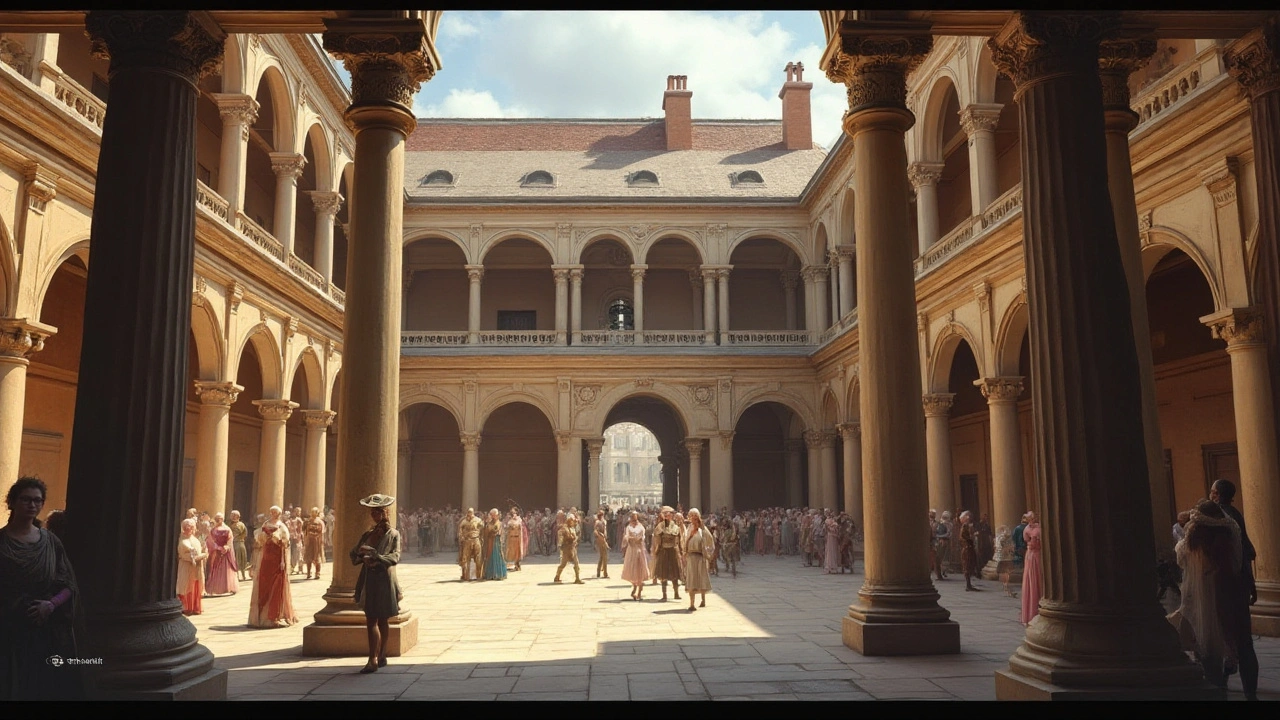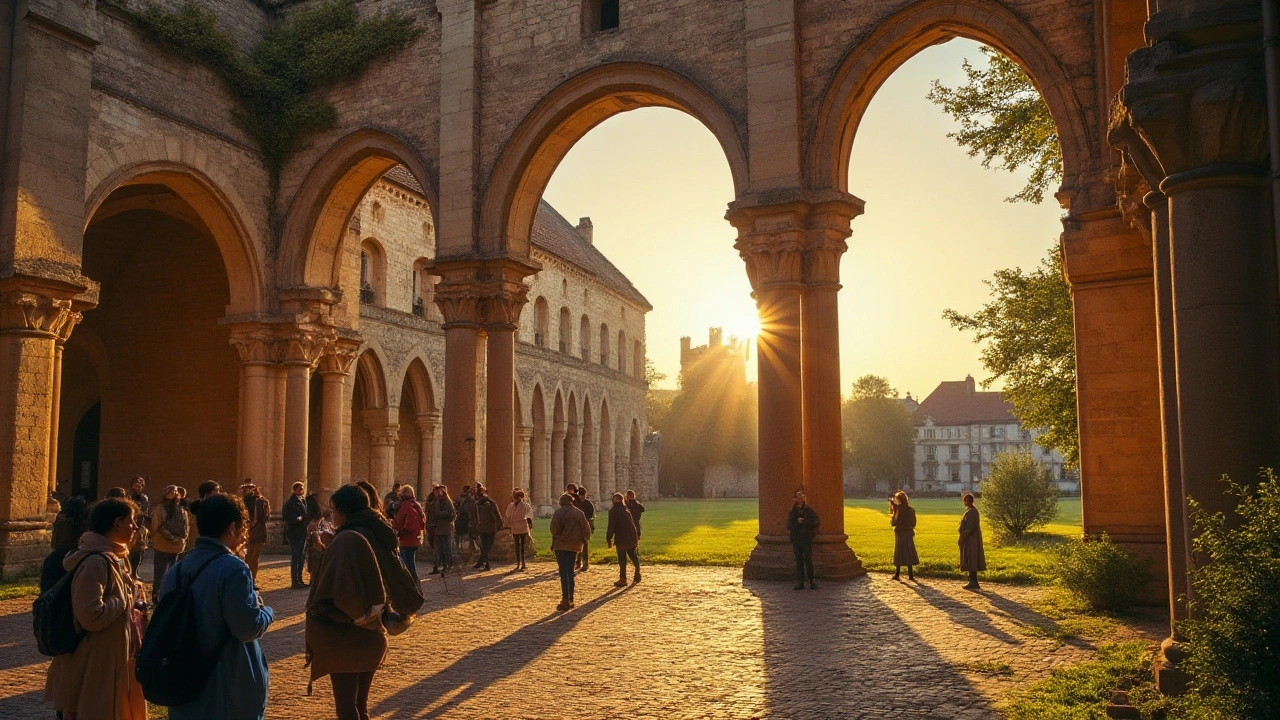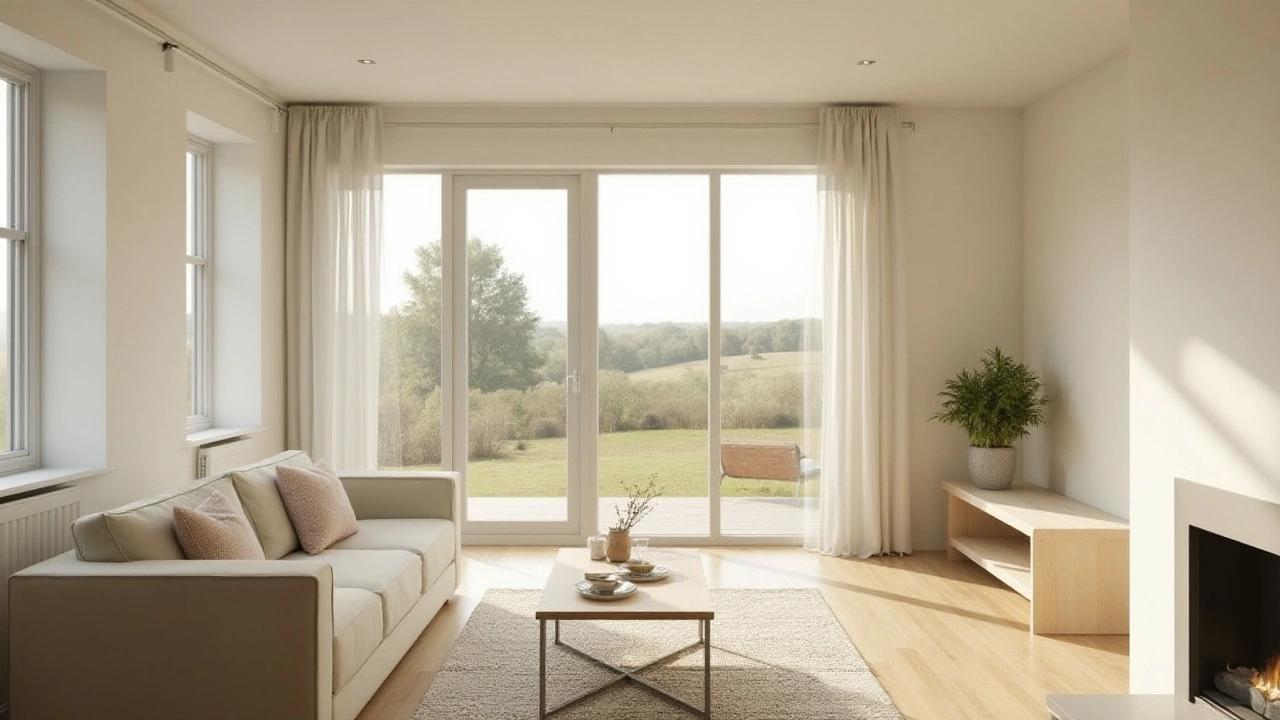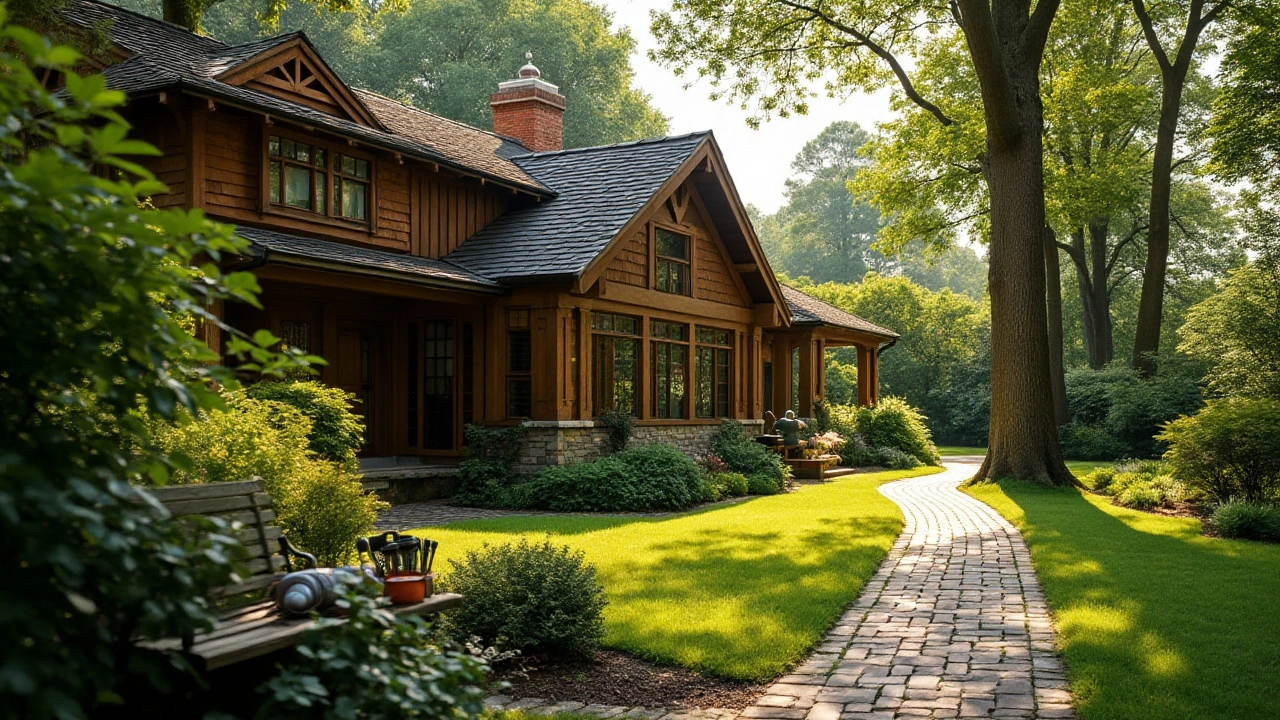Architecture & Design — October 2024 Highlights
What links domes, clean lines, and bold sculptural roofs? In October 2024 we published eight focused pieces that map classic styles to practical design moves you can use today. Below are clear takeaways from each article and quick ideas for applying them at home or on a project.
Main takeaways from October 2024
Renaissance architecture: the post explains how symmetry, proportion, and geometric clarity still guide good spatial planning. Use basic ratios and centered compositions to make rooms feel stable and timeless rather than trendy.
Mid‑Century Modern and sustainability: the piece links mid‑century ideas — function first, honest materials, durable furniture — with eco-friendly design. Choosing long-lasting wood, restoring vintage pieces, and keeping layouts simple reduce waste and retrofit costs.
Romanesque architecture: hefty walls, semicircular arches, and solid forms were built for durability and presence. When you travel or design, notice how mass and light balance each other; thick walls create quiet, cool interiors without heavy mechanical systems.
Minimalism as balance: this guide treats minimalism as a tool for mental clarity, not a style police. Practical steps include a one-month declutter challenge, rules for keeping only what you use, and prioritizing quality over quantity in furniture.
High‑Tech architecture: the article shows how exposed structures and tech‑driven systems can make buildings flexible and efficient. Think modular elements, visible infrastructure, and materials that reduce maintenance and energy use.
Georgian architecture: symmetry and measured proportions are the core lesson. Use consistent window sizes, balanced facades, and simple decorative touches to create elegance without heavy ornament.
Expressionist architecture: embrace shape and emotion. The takeaway is not to copy dramatic forms literally, but to use curves, angles, or material contrasts to give a space personality and visual drama.
American Craftsman style: focus on craftsmanship and honest joinery. Small details — exposed beams, built-in benches, hand-finished woodwork — make rooms feel human and well-made, even on a modest budget.
Quick design moves you can try
Start small: pick one room and apply one idea — add a centered rug and balanced lighting for Renaissance balance, or strip back clutter and keep three meaningful pieces for a minimalist refresh.
Mix old and new: restore one mid‑century piece while adding tech that improves comfort. That preserves material value and makes the space greener.
Use structure as style: expose a beam or pipe and make it a design feature like high‑tech buildings do; it can save on finishes and add character.
Focus on details: swap a cheap trim for a simple craftsmen‑style molding, or change window proportions to echo Georgian balance. Small, thoughtful changes often deliver the biggest impact.
Want a practical plan? Pick one article from this month, try one small change, and measure how it affects comfort, light, or your daily routine. Those results guide the next step.

Renaissance Architecture: Shaping Modern Aesthetic and Function
Renaissance architecture marked a pivotal point in building design and aesthetic with a focus on symmetry, proportion, and geometrical clarity. Emerging in 15th century Italy, this architectural style drew inspiration from the classical elegance of Roman structures blended with the needs of the time. Notable for innovations like the use of columns, pilasters, and domes, it not only influenced European cities but also set the foundation for architectural practices worldwide. Understanding its essence provides insight into how it continues to shape modern spaces.
Read more
Mid-Century Modern's Impact on Sustainable Home Design
The appeal of mid-century modern design goes beyond its sleek lines and iconic furniture; it holds a significant role in today's sustainable design movement. By emphasizing function, simplicity, and the use of natural materials, mid-century modern principles align seamlessly with eco-friendly practices. This style encourages both durability and an appreciation for craftsmanship, making it a perfect fit for sustainable living. This article explores how mid-century modern approaches can be applied to create greener, more sustainable homes today.
Read more
Exploring Europe's Majestic Romanesque Architecture
Romanesque architecture is a journey through time that showcases Europe’s robust and majestic historical development. Distinctive for its semi-circular arches, sturdy pillars, and massive walls, this architectural style is a cornerstone of European heritage. From the Abbey of Cluny in France to the stunning Cathedral of Pisa, Romanesque buildings tell stories of medieval Europe. Delve into architectural techniques, key structures, and legends that shaped Romanesque design. Discover how these monumental works continue to captivate modern enthusiasts and travelers alike.
Read more
Discovering Balance through Minimalism: An Insightful Guide
In a world full of noise and clutter, finding peace can be challenging. Minimalism offers a path to balance by focusing on simplicity and intentional living. This article explores how adopting a minimalist lifestyle can help reduce stress, free your mind, and provide a clearer perspective on what truly matters. Learn how to declutter both your surroundings and your thoughts, and start embracing a life of purpose.
Read more
Revolutionizing Design: The Rise of High-Tech Architecture
High-tech architecture represents a transformative period in building design, where technology and structures merge to create innovative solutions for modern environments. This approach focuses on integrating cutting-edge materials and systems to enhance functionality and sustainability. Key principles include transparency, flexibility, and the use of lightweight materials, drastically changing how we perceive and interact with buildings. High-tech architecture not only reshapes our urban landscapes but also addresses environmental challenges by promoting energy efficiency and resilience.
Read more
Exploring Georgian Architecture: A Study in Balanced Design
Georgian architecture, named after the British monarchs of the 18th and early 19th centuries, is celebrated for its emphasis on symmetry and proportions. This style, marked by its classic elegance and restrained decor, incorporates the harmonious use of mathematical ratios that reflect the ideals of the Enlightenment period. Through careful analysis of Georgian architectural elements such as windows, columns, and brickwork, we uncover the timeless appeal that continues to influence modern design today. This article provides an engaging exploration into the characteristics and enduring charm of Georgian architecture.
Read more
Expressionist Architecture: Defying Conformity with Bold Designs
Expressionist architecture is a movement that dares to defy conventional forms, creating structures that embody emotion and individuality. Emerging in the early 20th century, it combines artistic expression with architectural innovation. The movement prioritizes dramatic shapes and materials, often inspired by natural forms. Learn how expressionist architecture continues to influence modern design through its refusal to conform to traditional norms.
Read more
Exploring the American Craftsman Style: Defining Elements and Legacy
The American Craftsman style is more than just an architectural design; it's a representation of American history and values. Emerging in the early 20th century, it emphasized skilled craftsmanship and simplicity, providing a distinct aesthetic that is both functional and beautiful. This enduring style continues to influence modern design, paying homage to the craftsmanship and attention to detail that defined the movement. Learn how the American Craftsman style evolved and how it continues to inspire our surroundings today.
Read more